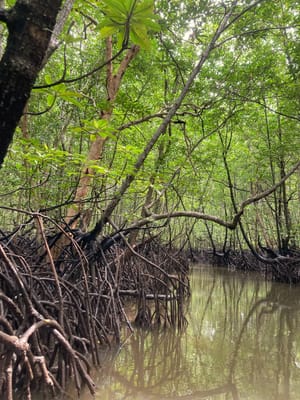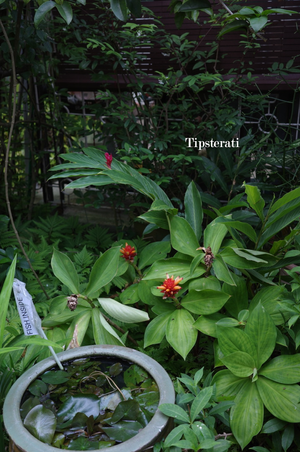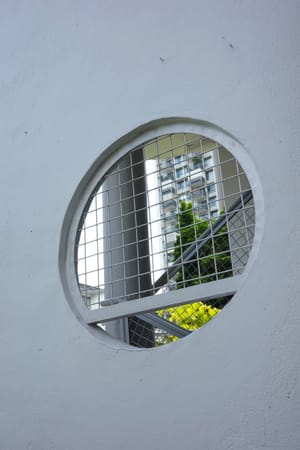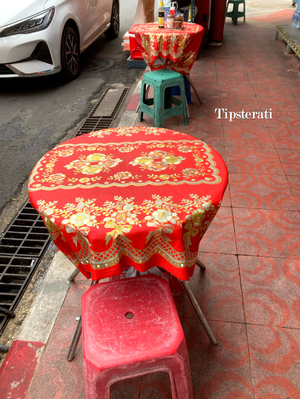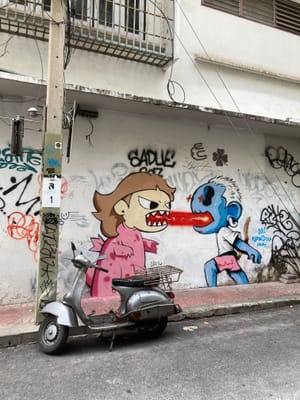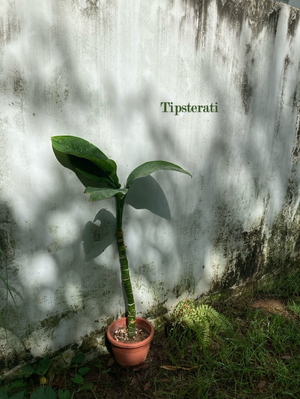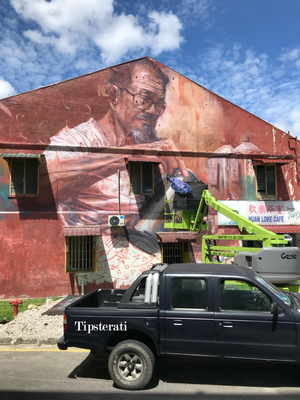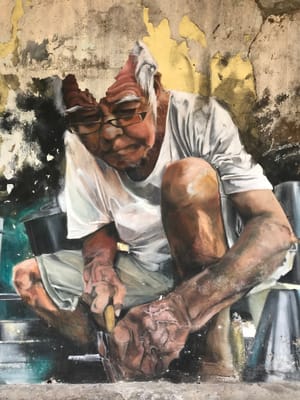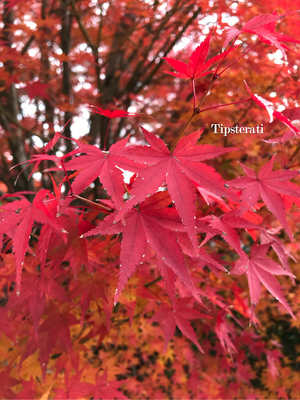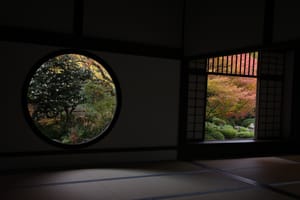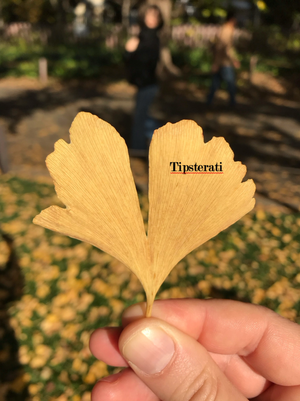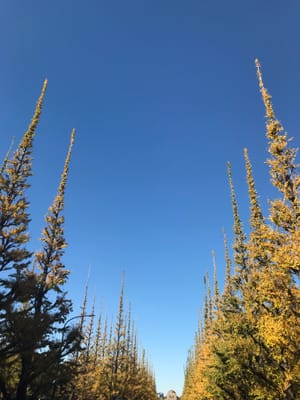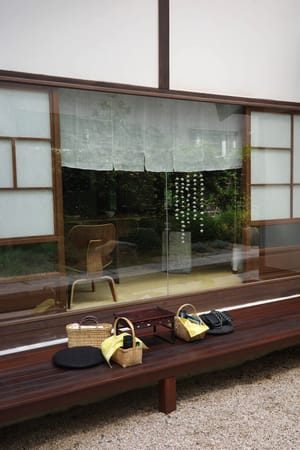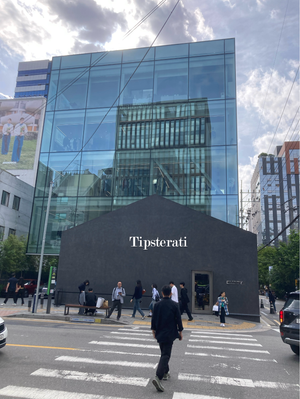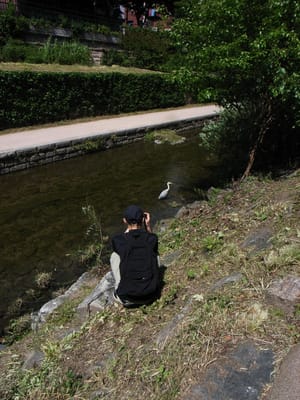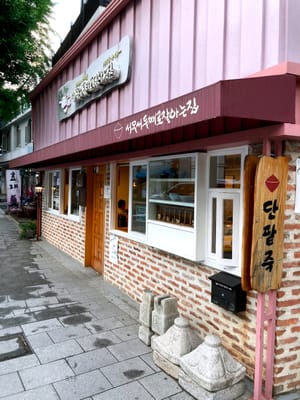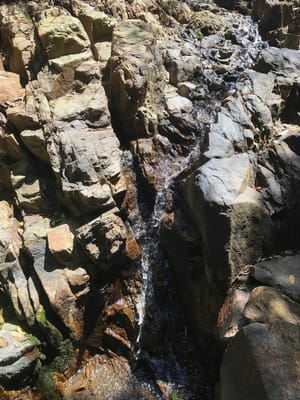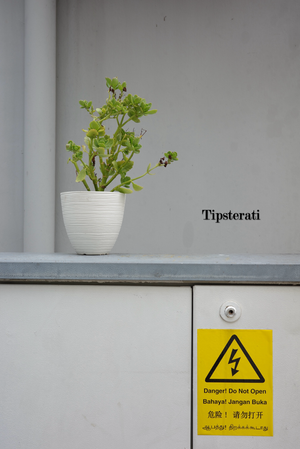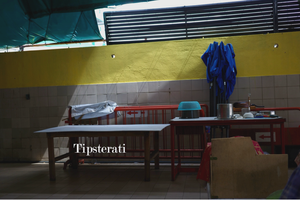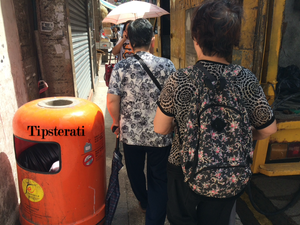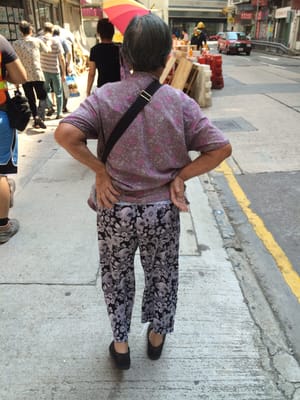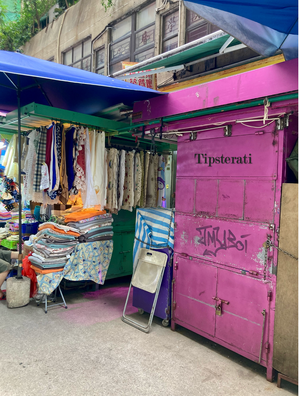
Angkor Wat: Hell and Heaven
We are in the south gallery of the east wing facing the bas-relief of heaven and hell. Mostly we are looking at hell. That is where the imagination has been channelled and where the interest lies: 32 punishments, cartoonish atrocities that nonetheless express a real nastiness. One scene depicts a shade, hands tied to posts, feet hung with weights, the contour riddled with nails—crucified. In another, a slight soul is being pushed into a cauldron, our guide tells us. While we confirm this on the frieze, he looks down frozen.
Yesterday we heard of the journey out of hell: how it starts with a bomb killing your grandparents, leaving a lake-sized crater in the village; how it continues, six years in the army, in the jungle, often hungry, killing snakes for food, keeping your gun well oiled, seeing friends cut down until you simply ask to leave because you have never advanced rank and, anyway, do not want to end up maimed like the former commander. So you fire a row of bullets at the sky to discharge what has built up in you, make a hobo sack and start walking, flag down a truck desperately and, at ride’s end, keep walking until you reach home three days later. Your father trains you to fix motorbikes, but there is not enough business rolling in. Your brother teaches you watch repair, but there is more watching than repairing. A monastery offers a cell, meals, a chance to get away from a world that has got away from you.
‘What are the four Buddhist virtues? Kindness, compassion, sympathetic joy, equanimity. Buddha was a philosopher, a writer, a man. With Buddhism, help is internal; with all the other religions, it is external—calling the god for help, praying for the god somewhere outside to help me. Will he help me, or not? Some people go to pagodas and bring incense to burn, then they go home and do bad things. I don’t go to pagodas, but I try to practice the right things.’
You then go to university to study Khmer language, though so much cannot be spoken. You plunge into the history of your culture and resurface to pass the exam to become an authorised tour guide. Now you are able to walk among the strong ruins of a distant past. Yet why do they seem so close, those visions of glorious harmony?
Each day you are able to breathe and, in some small way, to realise the dream of Jayavarman VII’s smiling stone faces. To the visiting world you introduce the story of your nation, a fugue state, with its long halls of hell and short spans of memory. You are in heaven because you live to tell.


